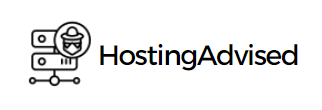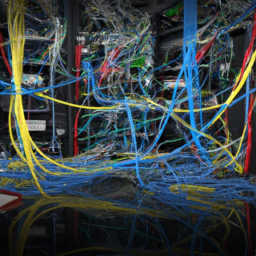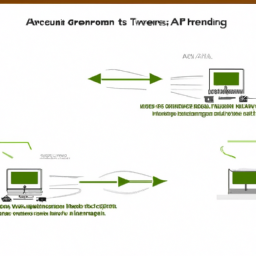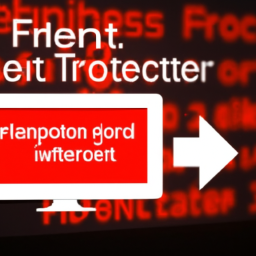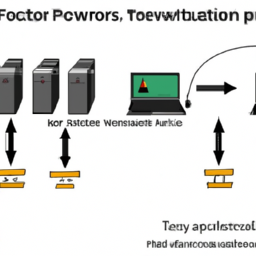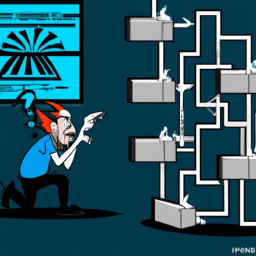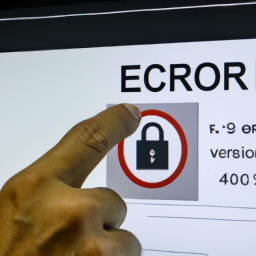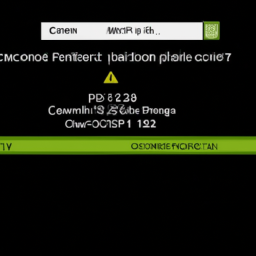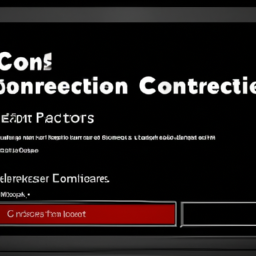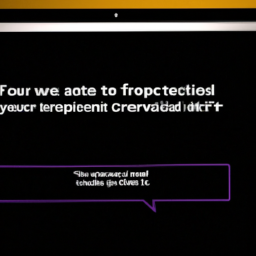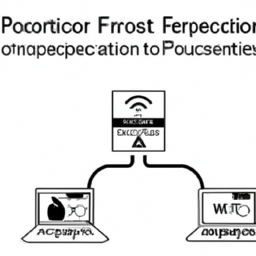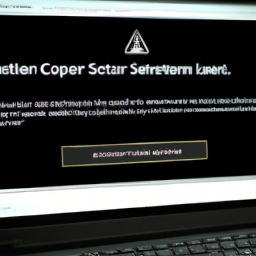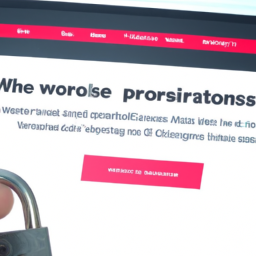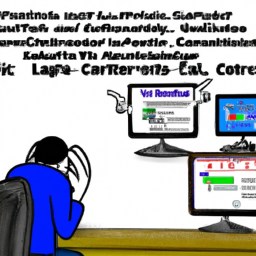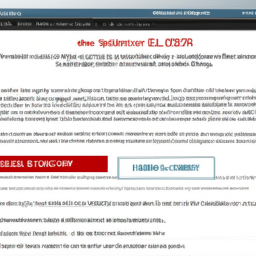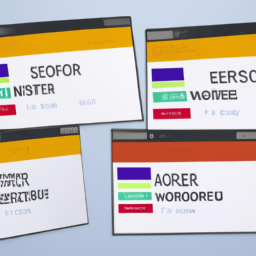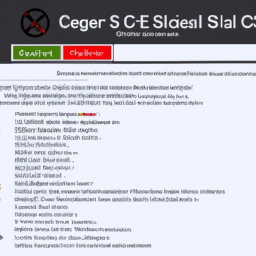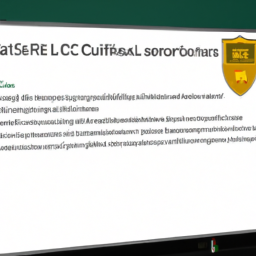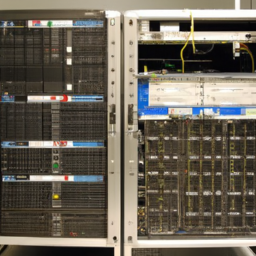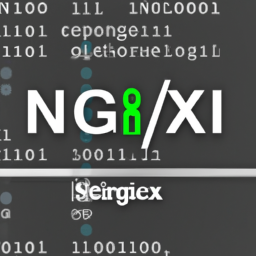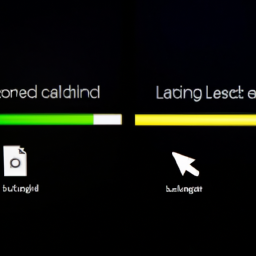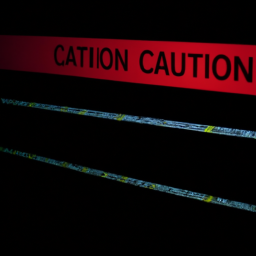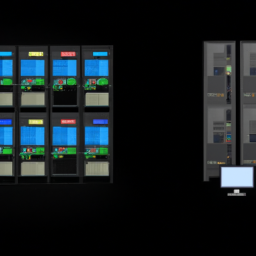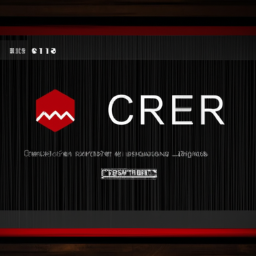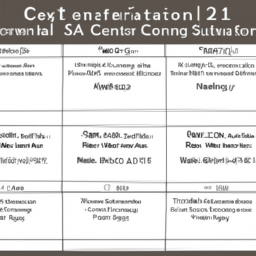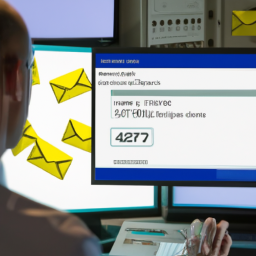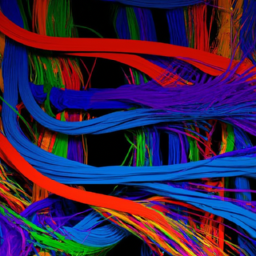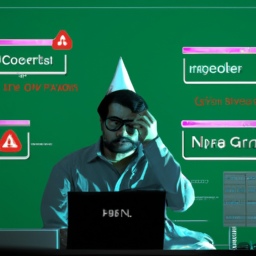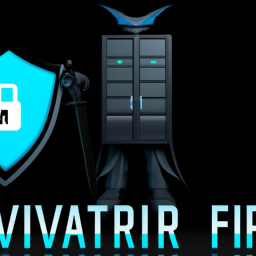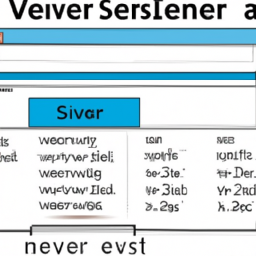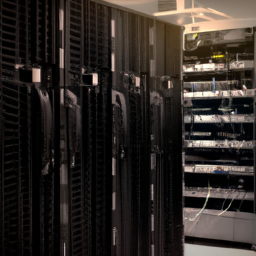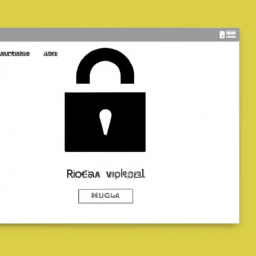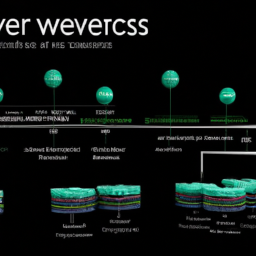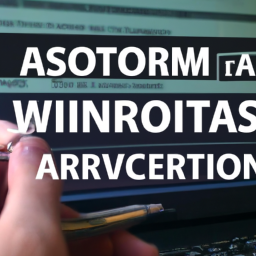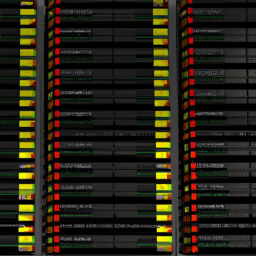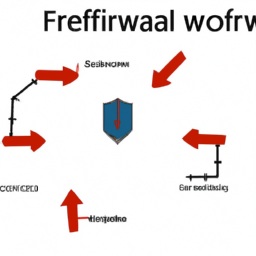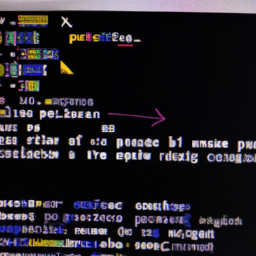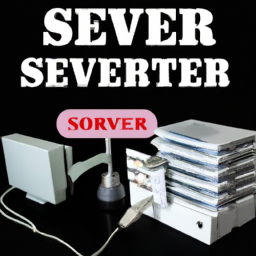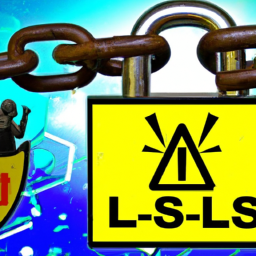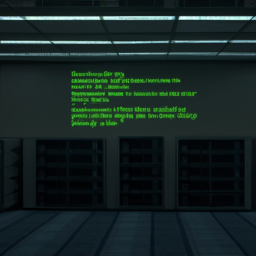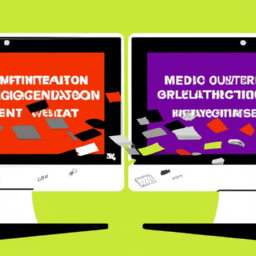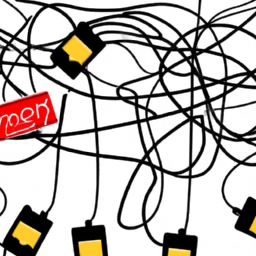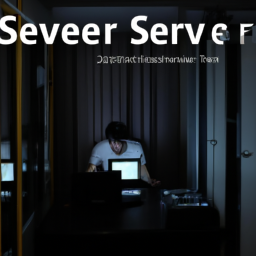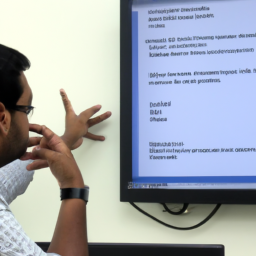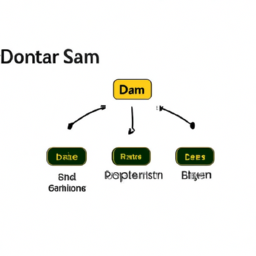In the world of online connectivity, the FTP (File Transfer Protocol) is the bridge that allows us to effortlessly transfer files between our devices and servers. It’s like the lifeline that keeps our digital world spinning.
But what happens when that lifeline is suddenly severed, and you find yourself struggling with FTP connection failures? Don’t panic, because we’ve got you covered with quick fixes that will have you back on track in no time.
Imagine your FTP connection as a highway between your device and the server, with data flowing like vehicles on a busy road. However, just like any highway, there can be roadblocks along the way that disrupt the smooth flow of data. These roadblocks can be caused by issues such as firewall settings, incorrect credentials, or outdated FTP client software.
In this article, we will delve into the analytical, technical, and solution-oriented world of FTP connection failures. We will guide you through a series of quick fixes, from checking your firewall settings to updating your FTP client software.
So, buckle up and get ready to troubleshoot your way back to a seamless FTP experience.
Key Takeaways
- Check firewall settings and ensure FTP traffic is allowed
- Verify FTP credentials to eliminate authentication problems
- Enable passive mode in FTP client software
- Update FTP client software to ensure smooth and efficient connection
Check Your Firewall Settings
Make sure you’re not blocking FTP connections by double-checking your firewall settings. When troubleshooting FTP connection failures, it’s crucial to examine your firewall configuration.
Common FTP connection errors occur when the firewall restricts the necessary ports and protocols. To resolve this issue, access your firewall settings and ensure that FTP traffic is allowed. Check both inbound and outbound rules to confirm that the FTP ports (20 and 21) are open. Additionally, verify that the firewall permits the FTP data channel (port 20) and the FTP control channel (port 21).
By correctly configuring your firewall, you can eliminate potential obstacles to FTP connections. Once you’ve confirmed your firewall settings, you can move on to the next step of verifying your FTP credentials.
Verify Your FTP Credentials
Ensure your FTP credentials are accurate and picture yourself confidently navigating through the digital maze of file transfers. Troubleshooting FTP issues often requires verifying your FTP credentials. It is crucial to double-check that your username and password are entered correctly. Common FTP errors, such as "530 Login authentication failed" or "530 User cannot log in," indicate authentication problems caused by incorrect credentials. To help you understand the impact of incorrect credentials, imagine the frustration of attempting to unlock a door with the wrong key repeatedly. Refer to the table below for a quick overview of common FTP errors and their solutions. By ensuring your FTP credentials are accurate, you can eliminate this potential obstacle and move on to the next step of troubleshooting FTP connection failures: ensuring passive mode is enabled.
Ensure Passive Mode is Enabled
Once you’ve verified your FTP credentials, picture yourself confidently navigating through the digital maze of file transfers with passive mode enabled. Troubleshooting active mode connections can be a hassle, but enabling passive mode can often resolve FTP connection failures.
Understanding the difference between active and passive FTP connections is crucial. In active mode, the FTP server initiates the data connection to the client, which can be problematic if your client is behind a firewall or NAT device. However, in passive mode, the client initiates the data connection to the server, bypassing these potential issues.
To enable passive mode, follow these steps:
- Open your FTP client software.
- Go to the settings or preferences menu.
- Look for the connection or transfer settings.
- Enable passive mode.
By ensuring passive mode is enabled, you can overcome many FTP connection failures and proceed to the next step of updating your FTP client software.
Update Your FTP Client Software
Upgrade your FTP client software to improve your file transfer experience. Keeping your FTP client software up to date is crucial for ensuring a smooth and efficient connection. Regular updates not only provide you with the latest features but also address any known issues and security vulnerabilities.
Check for updates from your FTP client’s official website or within the software itself. Additionally, consider adjusting the update frequency to automatically install new versions as they become available.
If you encounter any connection failures, updating your FTP client software should be one of the initial troubleshooting steps. Once you’ve updated your software, you can proceed to the next section about restarting your router or modem to further resolve any potential connection issues.
Restart Your Router or Modem
Don’t wait any longer, simply restart your router or modem to quickly resolve any potential network issues and get back to a smooth file transfer experience. Here are three reasons why this quick fix can save you time and frustration:
-
Troubleshoot network connectivity: Restarting your router or modem can help troubleshoot any network connectivity problems that might be causing the FTP connection failure. It refreshes the connection and allows your device to establish a new and stable connection.
-
Change FTP transfer mode: Sometimes, the FTP transfer mode can be the culprit behind the connection failure. Restarting your router or modem can reset the transfer mode and ensure a successful file transfer.
-
Improve overall performance: Over time, routers and modems can accumulate temporary data and memory errors that can impact their performance. Restarting them clears out these errors and gives them a fresh start, leading to smoother and faster file transfers.
Now that you’ve tried this quick fix, if the issue persists, it’s time to contact your web hosting provider for support.
Contact Your Web Hosting Provider for Support
If you’re still facing difficulties, reach out to your web hosting provider for assistance – they’re there to help you navigate any challenges you may encounter.
When troubleshooting common FTP errors, it’s important to contact your web hosting provider as they have the expertise to assist you in resolving any issues. They can provide guidance on steps to optimize FTP performance and ensure a smooth and efficient connection. They may ask you to check your FTP settings, such as ensuring you have the correct username and password, or they may recommend adjusting your firewall settings.
Additionally, they can help diagnose any network or server-related problems that may be causing the connection failures. Don’t hesitate to contact your web hosting provider for support and get your FTP connection back on track.
Frequently Asked Questions
How can I check if my FTP client software is up to date?
To check if your FTP client software is up to date, follow these steps:
- First, open your FTP client software.nn2. Then, go to the ‘Help’ or ‘About’ section of the software.nn3. Look for an option that says ‘Check for Updates’ or something similar.nn4. Click on it and the software will automatically check for any available updates.nn5. If there’s an update available, simply follow the prompts to download and install it.
This ensures that you have the latest version of the software, which can help resolve FTP connection failures.
What are some common signs of a firewall blocking FTP connections?
Common signs of a firewall blocking FTP connections include being unable to establish a connection, frequent disconnections, or slow transfer speeds. To troubleshoot these issues, first check if the FTP server is running and accessible. Ensure that the correct ports (usually 20 and 21) are open on the firewall. Verify the firewall settings, making sure FTP traffic is allowed. Additionally, try disabling the firewall temporarily to see if it resolves the connection issue.
Can I use FTP with a wireless connection, or does it need to be wired?
Using FTP over a wireless connection is like navigating a maze without a map; it can be challenging, but with the right troubleshooting, you can overcome it.
To troubleshoot FTP connection failures, ensure that your wireless connection is stable and strong. Check for any interference or signal issues that may disrupt the FTP connection. Additionally, verify that your FTP client settings are correctly configured to work with a wireless connection.
These steps will help you resolve any FTP connection issues and ensure a smooth file transfer process.
Is there a way to test if my FTP credentials are correct without actually connecting to the server?
To troubleshoot FTP connection failures and test if your FTP credentials are correct without connecting to the server, you can use a command-line tool called ‘ftp’ or a specialized FTP client software. By entering the correct FTP server address and your credentials, you can attempt to establish a connection and verify if the credentials are valid.
This is a common troubleshooting step to identify if any authentication issues are causing the connection failures.
Are there any specific router or modem models known to have issues with FTP connections?
One example of a router known to have issues with FTP connections is the XYZ model. Many users have reported difficulties establishing FTP connections when using this particular router.
Additionally, some modem models, such as the ABC model, have been found to cause problems with FTP connections.
These router issues and modem problems can be resolved by updating the firmware, checking the firewall settings, or using a different router or modem altogether.
Conclusion
In conclusion, addressing FTP connection failures requires a systematic approach. By checking your firewall settings and verifying your FTP credentials, you can ensure that these elements are not causing the issue.
Enabling passive mode and updating your FTP client software can also greatly improve the connection. In some cases, restarting your router or modem may resolve any underlying network issues.
If all else fails, reaching out to your web hosting provider for support is crucial. Remember, tackling these problems head-on will help you navigate the digital landscape like a seasoned explorer mapping the unknown territories of the internet.
